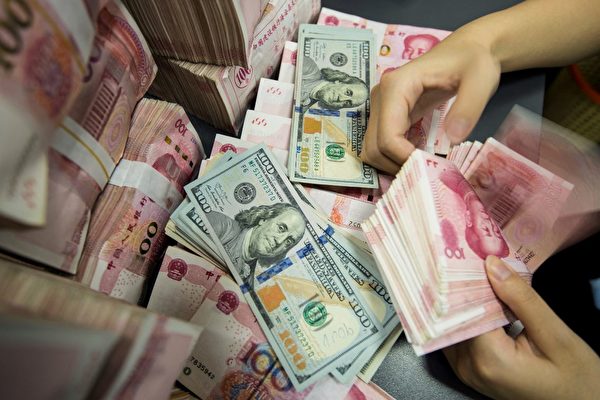The devalued Chinese yuan is now facing a dividend pressure of $79 billion. The peak payment period will occur from June to August, and based on data from 2016, this year’s total dividend payment is the highest ever.
According to a report by Bloomberg on April 30th, the massive dividends distributed by Chinese companies will bring pressure to the already weak Chinese yuan in the coming months. In the Hong Kong market, 500 listed companies have announced plans to distribute 573.1 billion yuan ($79.2 billion) in dividends to overseas investors this year. This is the largest total amount in yuan recorded by Bloomberg since 2016.
The peak payment period is scheduled to be from June to August this year. The conversion of yuan to Hong Kong dollars or other foreign currencies for payment may undermine the efforts of the People’s Bank of China to stabilize the yuan exchange rate. So far this year, the yuan has depreciated by 2% against the US dollar.
Trang Thuy Le, an Asian currency strategist at Macquarie Capital, said: “The pressure on the yuan has increased due to the strengthening US dollar, widening US-China yield differentials, and signs that the People’s Bank of China may lower the resistance to yuan depreciation.”
“The increased capital outflows against the negative backdrop this summer exacerbate the risk of further yuan depreciation,” she said.
Despite the People’s Bank of China maintaining support for the yuan through a relatively stable midpoint fixing, there are signs that the yuan’s plight is worsening. The onshore yuan has fallen to a six-month low and is approaching the edge of the permitted trading range.
In recent months, Asian currencies, including the yuan, have been struggling as strong economic growth and inflation in the United States reduce the likelihood of an early rate cut by the Federal Reserve, boosting the US dollar.
Given the weakness of the yuan, Chinese policymakers may take measures to reduce the impact of dividends on the yuan. However, they may face difficulties as some investors harmed by early stock market crashes and current economic difficulties are relying on dividends as a primary source of return in the onshore and offshore markets.
UBS Wealth Management recently published a report, adjusting its quarterly US dollar forecasts against the yuan for the second quarter of this year to the first quarter of next year to 7.35, 7.3, 7.25, and 7.2 yuan respectively. The institution pointed out that increased geopolitical tensions, narrowing prospects for a Fed rate cut, and a greater tolerance for yuan depreciation by the People’s Bank of China could further increase short-term pressure on the yuan.

